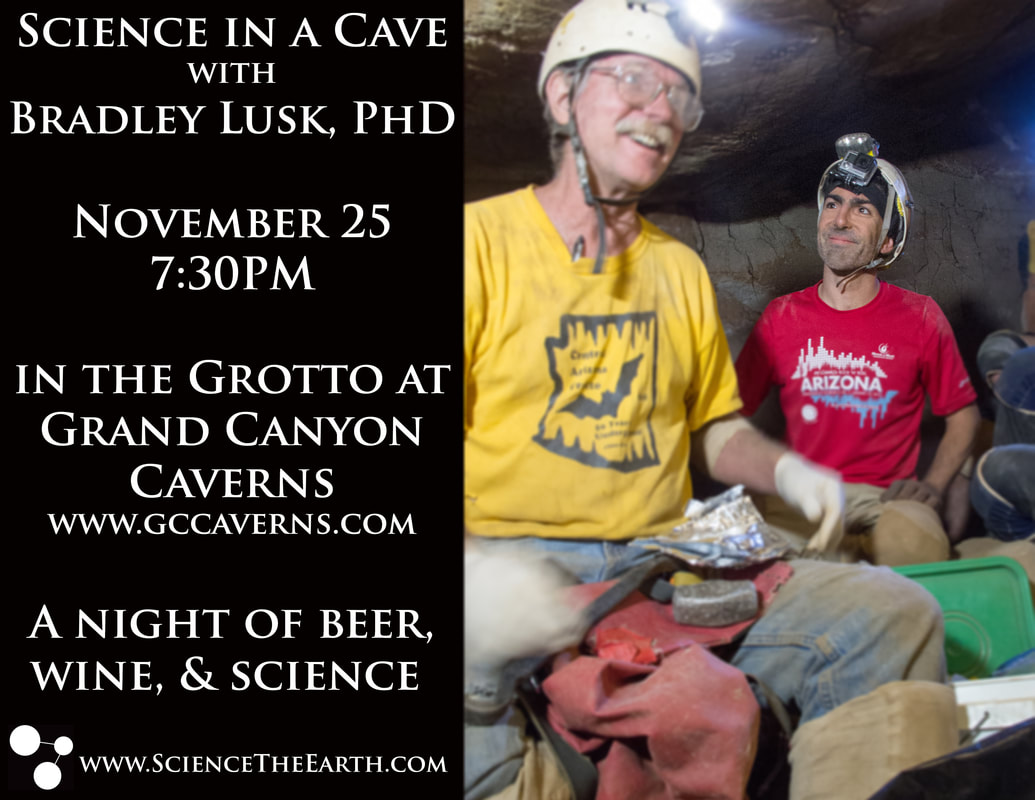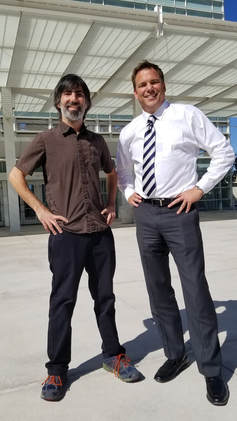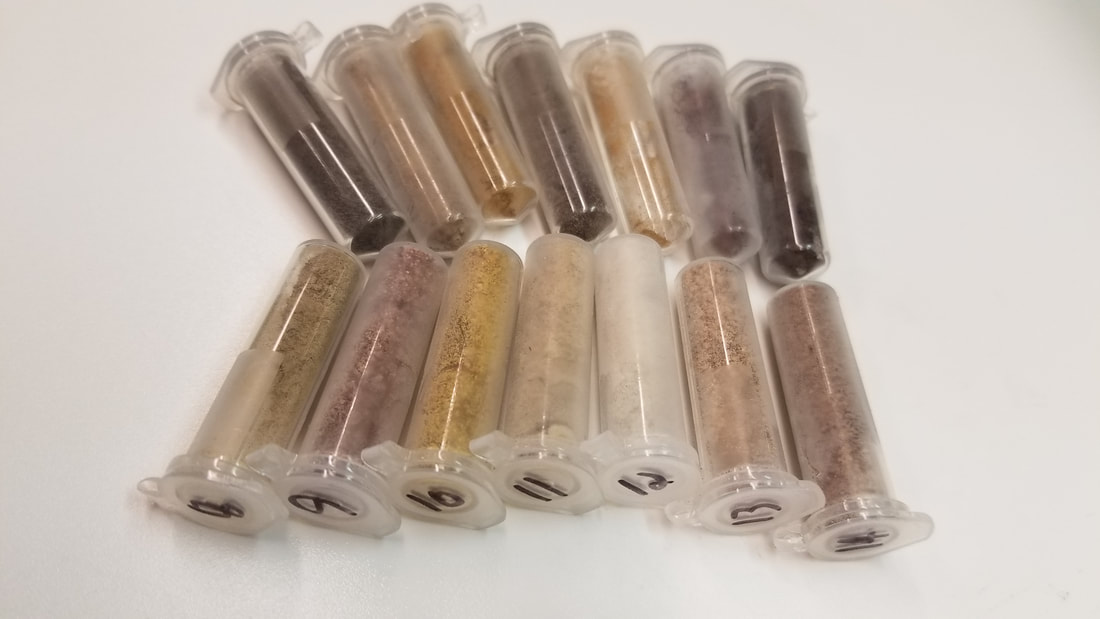|
Experience Science in a Cave with Bradley Lusk, PhD from #ScienceTheEarth on November 25 at 7:30PM! This presentation will be 220 ft underground in the Grotto at Grand Canyon Caverns. You will hear about ongoing science in the cave and view footage of areas that have been explored by less than a handful of people!
You've seen it onthe news, now see it in person! Beer and wine will be served with a two drink minimum. This is a collaboration between www.ScienceTheEarth.com and www.gccaverns.com. RSVP for this event through the public event on Facebook or by contacting me via the Contact tab with your name, email, and the comment "RSVP for GCC". N/A may be entered into fields that do not apply to you.
We are asking you to ponder the possibilities of what may inhabit Grand Canyon Caverns. We have already discovered microorganisms that can breathe and eat metal, rely on photosynthesis for survival and yet can survive very long periods of dormancy without sunlight, and are potentially able to develop medically relevant compounds to treat illnesses. Dormant in the caves of northern Arizona, may be the enzyme or compound that leads to the next break-through in biotechnology, alternative energy, or medical science. We may also discover a novel species that makes our inner space explorer or astrobiologist ponder if there could be life somewhere else, perhaps in a less hospitable zone in the cosmos.
Our sense of discovery and curiosity drove us to this cave and now our collective sense of discovery and curiosity can continue to drive our search for unique life. Through our continued collaboration, we have professionals, students, and community volunteers that are eager to gather and process samples from the cave. The cave explorers are seasoned veterans and have surveyed and mapped several caves throughout Arizona. The microbiologist received his PhD in Biological Design and is an expert in the study of extremophiles; microorganisms that survive under extreme conditions. However, the operational cost associated with analyzing each sample is limiting our ability to investigate these microorganisms further. All of the donations you send will go directly towards operational costs of the equipment used to characterize the rock formations in the cave, from understanding its elemental composition to characterizing its microbial community. For each sample, there are two major analytical steps:
1. $200 per sample: Discover which microbes are present and if there are microbes which we have never before observed, characterize the elements in the cave rock, and collect high magnification images of samples (16s rDNA analysis coupled with mass spectroscopy and scanning electron microscopy).
2. $2,500 per sample: Discover and identify which genes are present which enables us to pinpoint specific genes that may have never before been observed on Earth (Metagenomic analysis).
We have performed step one on 14 samples and are publishing this data in an Open Access peer reviewed journal. The next part of this research requires us to perform step two for the 14 samples on which we have performed step one. In addition, samples collected from newly discovered areas of the cave need to be analyzed using steps one and two. With your donation, you will contribute directly towards understanding the microorganisms and genes present in areas of the Earth that have only been explored by less than a handful of people. Our goal is to complete sample analysis by January so that we can publish on our findings by early 2018. This is not an all or nothing proposition. Even if we do not reach our monetary goal, we can still gather useful data by performing step one on new samples as areas of the cave are discovered. Every donation counts. All data gathered will be made publicly available so that everyone will have access to the knowledge acquired from this expedition. And finally, you will contribute to major scientific discoveries on Earth land’s final frontier- places where, prior to this research, no man (or woman) has gone before!
This is a joint project between #ScienceTheEarth, Grand Canyon Caverns, the Central Arizona Grotto, and the Arizona State University Outdoors Club. Special thanks to Ray Keeler, John McEnulty, Paul R. Jorgenson, Harrison Tamayo, and DNASU.
Presentation on Biogeochemistry in Grand Canyon Canyon Caverns by Science the Earth during the 2018 Arizona Regions Association cave science symposium.
0 Comments
|
Science /ˈsīəns/
|




 RSS Feed
RSS Feed